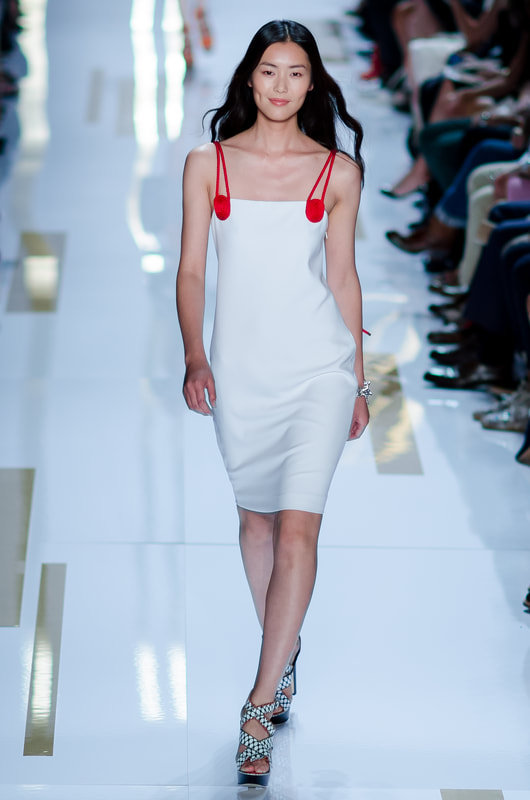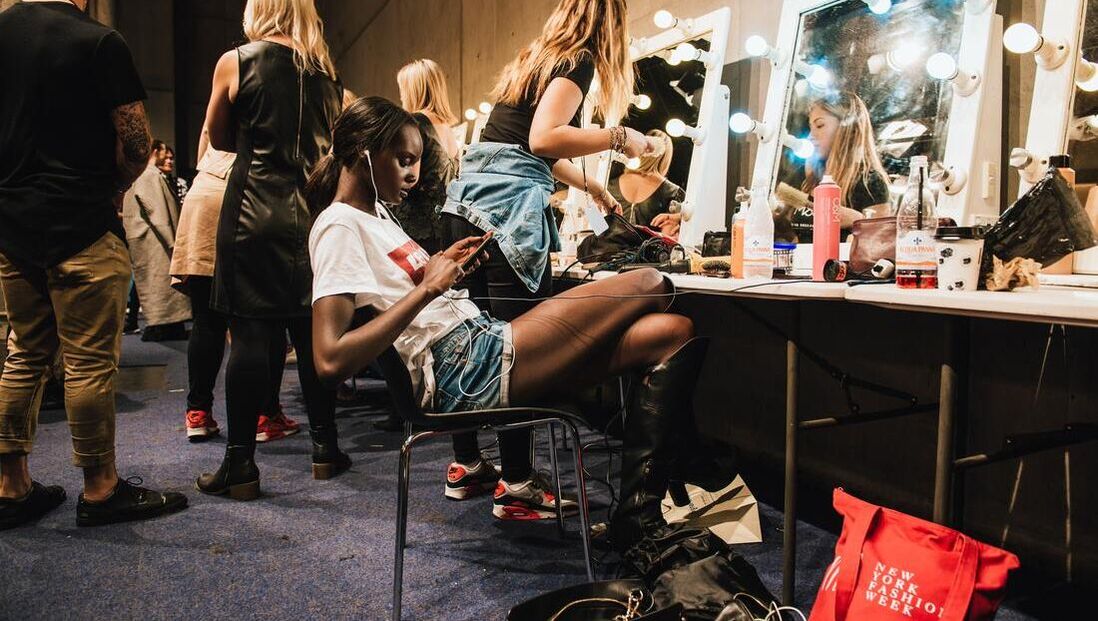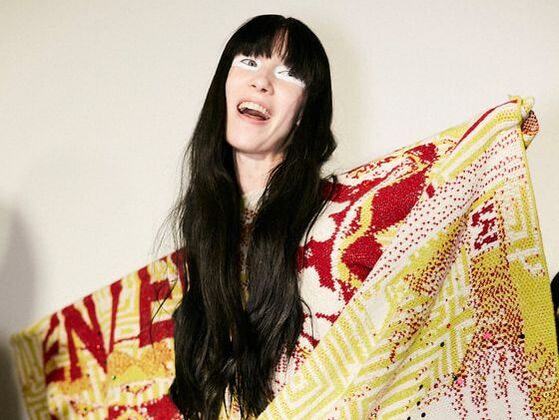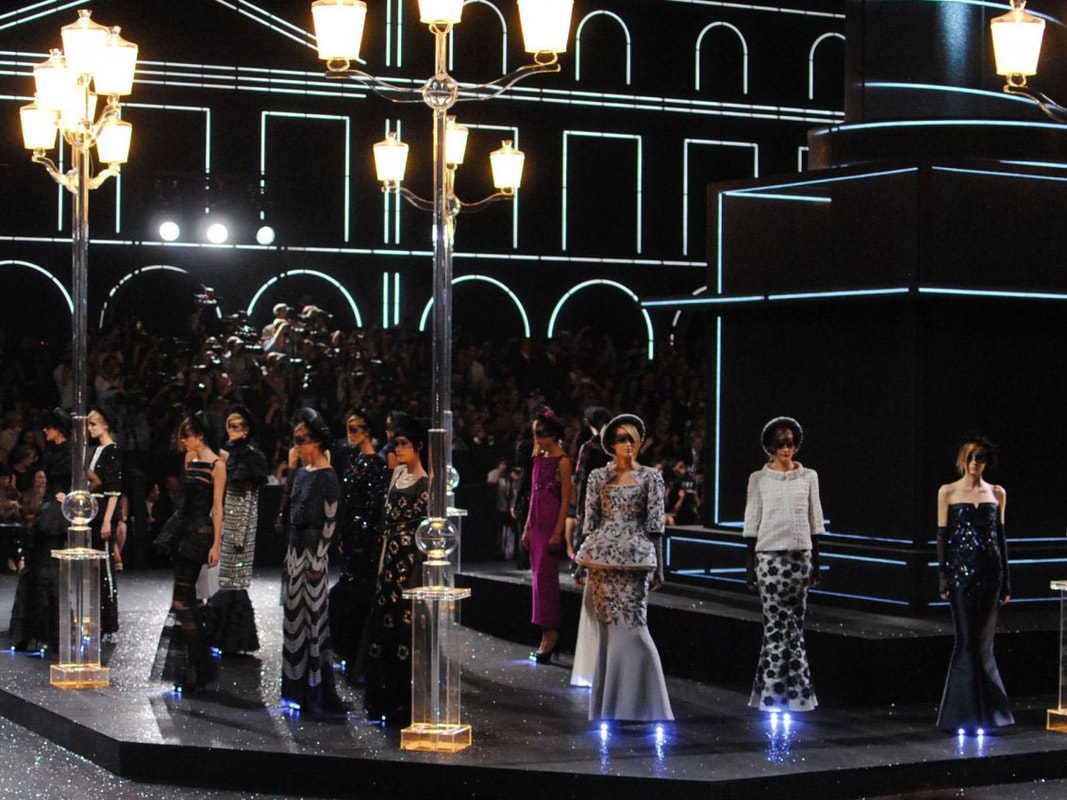|
The only major fashion week outside of Europe, New York Fashion Week has had a bumpy ride – and its future looks far from certain... Eleanor Lambert and press weekAmerica has just one woman to thank for its power as a global fashion force: Eleanor Lambert. Born in Indiana, Lambert moved to New York in 1925 and began a career as a publicist, going on to set up the New York Dress Institute in 1941 to promote the manufacturing, design and purchasing of locally-made clothing. At the time, Paris was the centre of global fashion, with many designers across the pond copying designs that had first walked runways in France. However, with World War II bringing European fashion to a halt, Lambert spotted an opportunity for American designers to assert their authority and came up with a canny marketing opportunity: Press Week. The first press week was held in 1943 and the idea was simple: a central location – initially the Plaza Hotel – would act as a hub for New York’s most influential press figures (and those from further afield) to see the latest collections from American designers in one place.
In 1973 the Battle of Versailles, a legendary fashion event organised by the Fédération Française de la Couture that is widely regarded as the start of the formal Paris Fashion Week schedule, cemented America’s place as a fashion powerhouse. The then largely unknown designers Bill Blass, Oscar de la Renta, Halston, Stephen Burrows and Anne Klein took on French fashion stars Yves Saint Laurent, Christian Dior (designed by Marc Bohan), Emanuel Ungaro, Pierre Cardin and Hubert de Givenchy and won. The US wouldn’t be underestimated again. As the 1980s rolled round and London, Paris and Milan pulled ahead of New York as major fashion week players, American designers responded by becoming bigger, louder and bolder than ever before. Betsey Johnson and Donna Karan led the charge with the spectacles of what was now known as New York Fashion Week forcing everyone else to up their game. a new strategyAlas the hedonism of the 1980s was not to last and, by the early 1990s, New York Fashion Week had lost its way. With little collaboration or organisation between designers, press and buyers found themselves racing from one end of the city to the other trying to reach shows scheduled closely together but miles apart. When the ceiling collapsed at a Michael Kors show in 1991, the industry collectively decided it had had enough. For Fern Mallis, then the executive director of the CFDA, moving forward meant looking back and NYFW returned to a centralised location in Bryant Park, with the 7th on Sixth firm formed to produce the event. With its new, more cohesive schedule and professional image, NYFW began to flourish once again, with celebrities such as Julia Roberts, Mariah Carey and Leonardo DiCaprio flocking to its front rows. NYFW began to produce legendary moments, such as Marc Jacobs' scandalous grunge-inspired 1993 show for Perry Ellis. In 1998 the arrival of Helmut Lang to New York saw the shows repositioned ahead of the European fashion season. NYFW in the new millenniumThe early years of the 21st Century continued to be a fruitful time for the New York fashion scene with buzzy new labels, such as Rodarte, Prabal Gurung and Alexander Wang, all joining the NYFW line-up. And while there were still bumps in the road, including the momentous cancelling of the entire event in the wake of 9/11, New York was quick to embrace the new wave of bloggers, influencers and street style stars that are now de rigueur at fashion week, massively expanding the reach of the brands that showed there. In 2008, NYFW was attracting more than 230,000 attendees. By 2010, nearly 300 shows were on the official NYFW schedule and the event moved to the more spacious Lincoln Centre. However, when local advocacy groups claimed the event was having a damaging impact on the nearby Damrosch Park four years later, NYFW was once again forced to move to its current home at Tribeca’s Spring Studios. Designers were said to be secretly relieved, with Diane von Furstenberg, Michael Kors and Calvin Klein having already voluntarily moved their shows to Spring Studios after being disappointed with the Lincoln Centre. In 2014, the CFDA bought Ruth Finley’s Fashion Calendar, giving it tighter control over communications around the event. Coronavirus and the future of NYFWLike all the major fashion weeks, when the coronavirus pandemic hit in early 2020, New York Fashion Week had to make a quick pivot to digital. Both the SS21 and AW21 collections were shown online via streamed runways, fashion films and virtual presentations. However, while big names such as Jason Wu, Tom Ford (now the head of the CFDA) and Anna Sui, have remained faithful to NYFW in its new guise, many brands have seen the disruption as a chance to break from tradition. Without the restrictions of physical shows, for AW21 brands including Oscar de la Renta, Carolina Herrera, Altuzarra and Thom Browne have taken the decision to leave the official February NYFW line-up and offer their digital presentation at dates that better suit their needs, with some unveiling their new collections as late as April. There may be more to the phenomenon, however, than just the disruption of the pandemic. NYFW was cut down to five days for SS20 and, as early as February 2020, a month before restrictions came into place, powerhouse American brands including Ralph Lauren and Calvin Klein had announced they would be skipping NYFW, while Tommy Hilfiger upped sticks to London for the AW20 season. Younger brands, including Rosie Assoulin, Telfar and Jeremy Scott, too decamped to Paris in search of the greater prestige being associated with the Parisian shows brings. Others, such as Thakoon, relaunched as direct-to-consumer brands finding the expense of shows too great a burden. This lack of banner brands, of course, throws the future of New York Fashion Week into doubt. Should they decide not to return to the schedule post-lockdown, there is little incentive for international press and buyers to make the trip across the Atlantic, leading to less exposure for the smaller and newer brands on the schedule. While only time will tell what the lingering affects of the pandemic will be on the wider fashion industry, there is every chance that NYFW as we know it may be one of its early casualties.
11 Comments
26/2/2022 07:20:48 pm
Fashion Week formed the cornerstone of its plans and had, by this time, become the event to see and be seen at. Thank you, amazing post!
Reply
26/2/2022 08:00:46 pm
There is little incentive for international press and buyers to make the trip across the Atlantic, I’m so thankful for your helpful post!
Reply
2/8/2022 12:39:04 pm
Thanks a lot for sharing. You have done a brilliant job. Your article is truly relevant to my study at this moment, and I am really happy I discovered your website. However, I would like to see more details about this topic. I’m going to keep coming back here.
Reply
14/12/2022 05:06:35 am
Nice article! Thanks for sharing informative post Keep posting
Reply
HABIBA AHMED
3/3/2023 11:15:34 am
hey, your content is amazing and helpful. keep writing such blogs in future. click for more info: www.fiverr.com/habiba_ahmed_
Reply
Hi Business Girl
21/3/2023 05:50:07 pm
Reply
mohd teepu sultan
23/7/2023 10:30:43 am
Thank you for sharing such an informative and well-crafted blog post. The information you provided was valuable, and I appreciated the practical examples you included. To delve deeper into this subject, <a href="https://sites.google.com/view/best-store-shop07/home" target="_blank">click here</a>.
Reply
David
18/8/2023 04:35:09 pm
Thanks for sharing your knowledge! Your blog post was informative and well-researched. I appreciate the effort you put into providing credible sources. To explore this topic further, <a href="https://jdpropertyhub.com/" target="_blank">click here</a>.
Reply
willam jack
4/11/2023 09:48:13 am
Hi
Reply
Leave a Reply. |
Categories |
Search by typing & pressing enter





